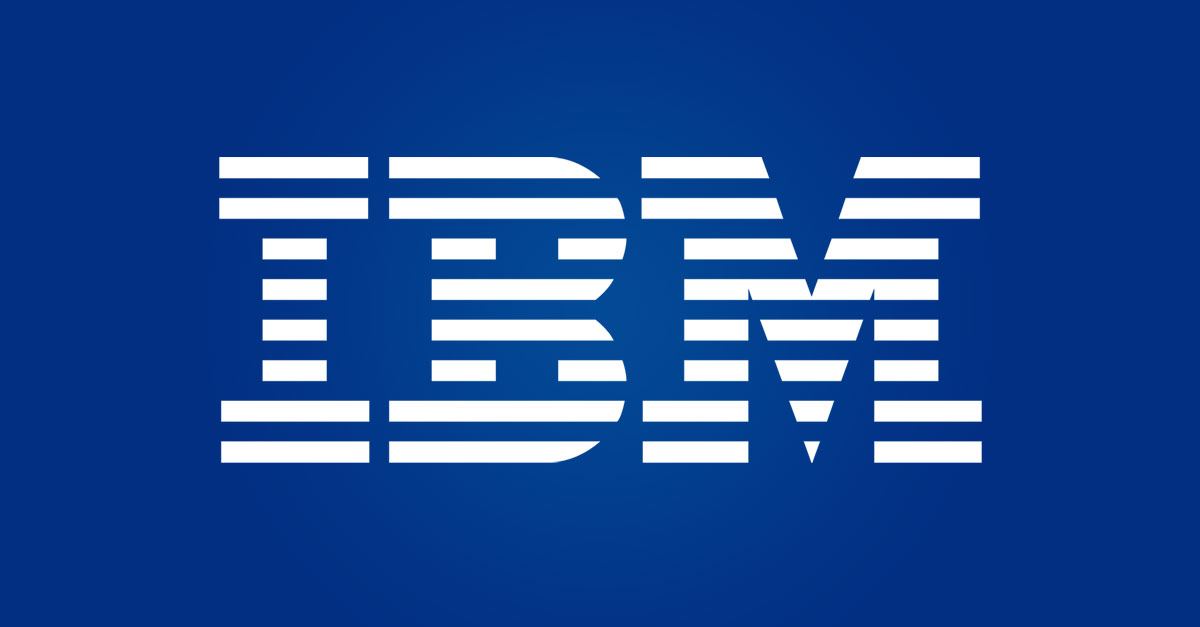Showing posts with label H-1b. Show all posts
Showing posts with label H-1b. Show all posts
More Dead CEOs
Pete BennettMarch 18, 2020#deadwitness, Dead Witness, H-1b, Hostile Takeovers, Human Capital Management, OBIT, Oracle Corporation, Outsourcing, Outsourcing Jobs, PeopleSoft, Technology, WTC
No comments

This one group gets 70 percent of high-skilled foreign worker visas
IBM Corporation - Outsourcing Jobs at B of A, Kaiser, Wells Fargo
Pete BennettNovember 10, 2019H-1b, IBM, Immigration, Labor Condition Application, Outsourcing
No comments














